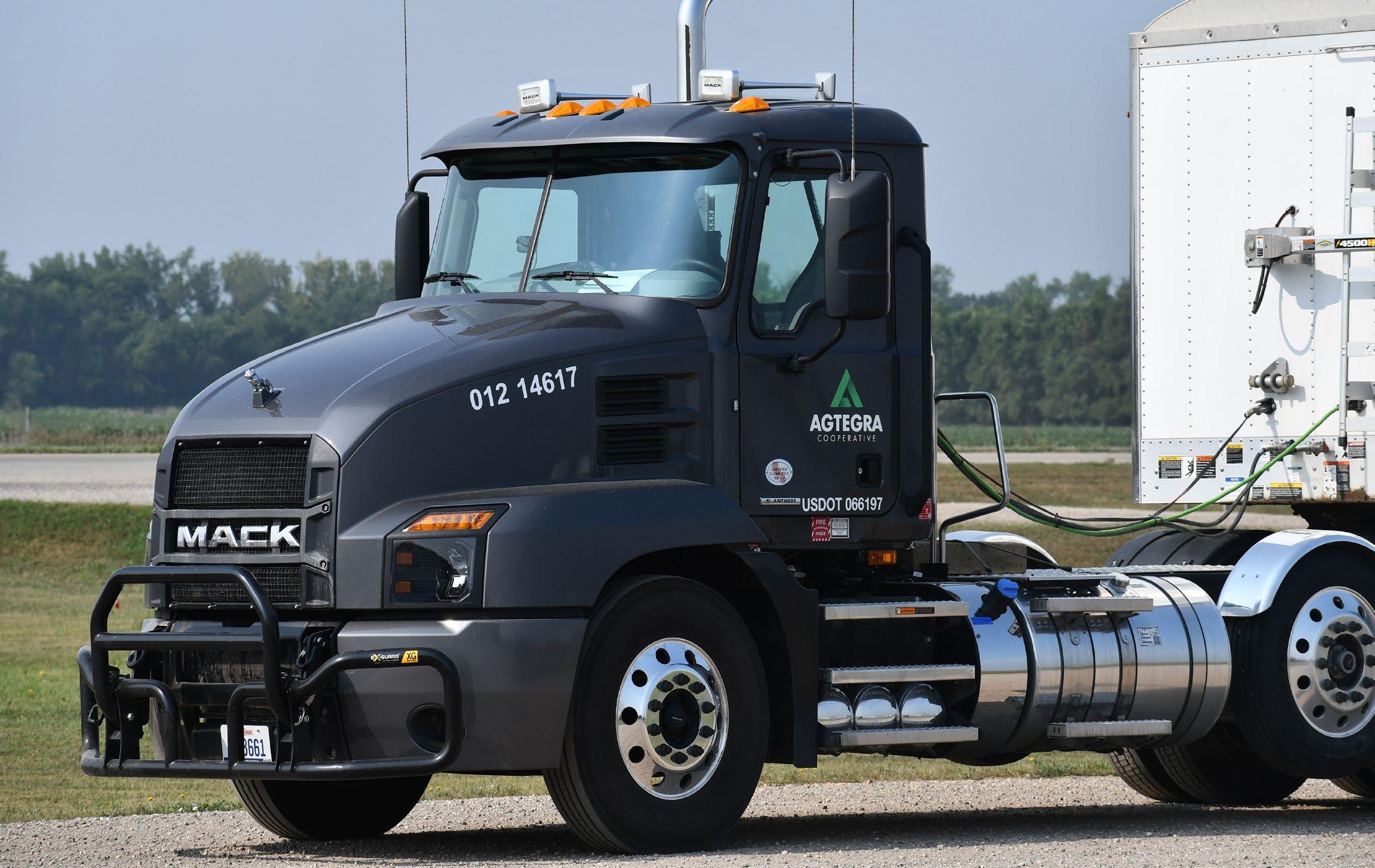
4 minute read
Driver Shortage Update from ATRI
Economics Department | American Trucking Associations, Inc. | Washington, DC 20003 | October 25, 2022 The American Trucking Associations estimates in 2022 the truck driver shortage will remain near its historical high at nearly 78,000 drivers. ATA calculates the shortage estimates by determining the difference between the number of drivers currently in the market and the optimal number of drivers based on freight demand. ATA’s 2022 projection is the second highest level on record after 81,258 in 2021. • While all sectors in the industry struggle with finding enough qualified drivers, the driver shortage is most acute in the longer-haul (i.e., non-local) forhire truckload market. • There is no single cause of the driver shortage, but some of the primary factors include: - High average age of current drivers, which leads to a high number of retirements; o Women make up just 8% of all drivers, well below their represent tion in the total workforce of 47%; - Inability of some would-be and current drivers to pass a drug test; - Other barriers to entry such as minimum driving age, driving history and criminal background; - Lifestyle disadvantages, especially in the longer-haul market with greater time away from home; - Infrastructure and other issues, like a lack of truck parking spots, which causes drivers to stop driving earlier than they need to so they can get a spot for the night, and congestion which limits drivers’ ability to safely and efficiently make deliveries. At current trends, the shortage could surpass 160,000 in 2031. This forecast is based on driver demographic trends, including gender and age, as well as expected freight growth. As part of this study, ATA estimates that over the next ten years, the industry will have to recruit nearly 1.2 million new drivers into the industry to replace retiring drivers, drivers that leave voluntarily (e.g., lifestyle) or involuntarily (e.g., driving records or failed drug test), as well as additional drivers needed for industry growth. These trends are notwithstanding the impact of potential regulations or laws in the future, either positive, such as lowering the minimum age of eligibility for a commercial driver’s license, or negative, which could lower productivity per driver resulting in more drivers needed to haul the same amount of freight. Because there is no single cause of the driver shortage, that means there is no single solution. One trend that is currently transpiring is driver pay and earnings are going up significantly. Data from ATA, which was released earlier this year, showed that the average truckload driver made over $69,000 in 2021, including salaries and bonuses but not benefits. This figure reflects an 18% increase in annual compensation from 2019. This data also showed that over 90% of truckload carriers raised driver pay in 2021. Data from the Department of Labor shows that average annual earnings of production and non-supervisory employees, with the vast majority of those being driver occupations, in the general freight, long-haul for- hire truckload industry increased 7.5% on average per year over the last two and a half years, compared to 2.6% in the 10 years preceding. While this is good for drivers and those looking to enter this occupation, pay alone will not solve the driver shortage. For example, some drivers may choose to work less when offered a pay increase and be home more often. In fact, almost forty percent of truckload carriers reported to ATA that increases in pay last year resulted in drivers choosing to drive less, make the same amount of money and be home more often. The truck driver shortage probably seems much worse to motor carriers than the current figures suggest because of a quality versus quantity issue. Many carriers have strict hiring criteria based on driving history, experience and other factors. As a result, despite receiving applications for employment, motor carriers are finding few eligible candidates, which is a quality issue. This analysis does not consider the quality of applicants. The driver shortage is not unique to the U.S. According to a report released earlier this year by IRU, the world road transport organization based in Geneva, Switzerland, the driver shortage is in many countries throughout the world. While some countries report it in terms of number of jobs open, which will be higher than an actual shortage number as ATA reports1, it is a problem for this occupation in much of the world. For example, according to the IRU report, in 2021, Germany had between 57,000 and 80,000 unfilled truck driver jobs; Italy was up to 20,000 drivers short; Argentina had 45,000 unfilled truck driver jobs; and Mexico reported roughly 54,000 unfilled driver jobs; China had 1.8 million unfilled truck driver positions.
For a full report click HERE: (https://ata.msgfocus.com/files/amf_highroad_solution/project_2358/ATA_Driver_Shortage_Report_2022_Executive_Summary.October22.pdf
Advertisement
NOW HIRING DRIVERS

At Agtegra Cooperative, employees team together to service the farming operations of member-owners. Along with competitive pay, a commitment to safety and multiple training opportunities, this team also receives the following benefits:
Pay DOE. Commercial Driver’s License Required - WILL HELP OBTAIN!
• Health Insurance • 401K • Dental Insurance • Co-op Retirement • Vision Insurance • Paid Time Off • Health Savings Account • Paid Holidays • Clothing & Boot Allowance • Bonus Opportunities
Contact the Hiring Manager DIRECTLY
WWW.AGTEGRA.COM











